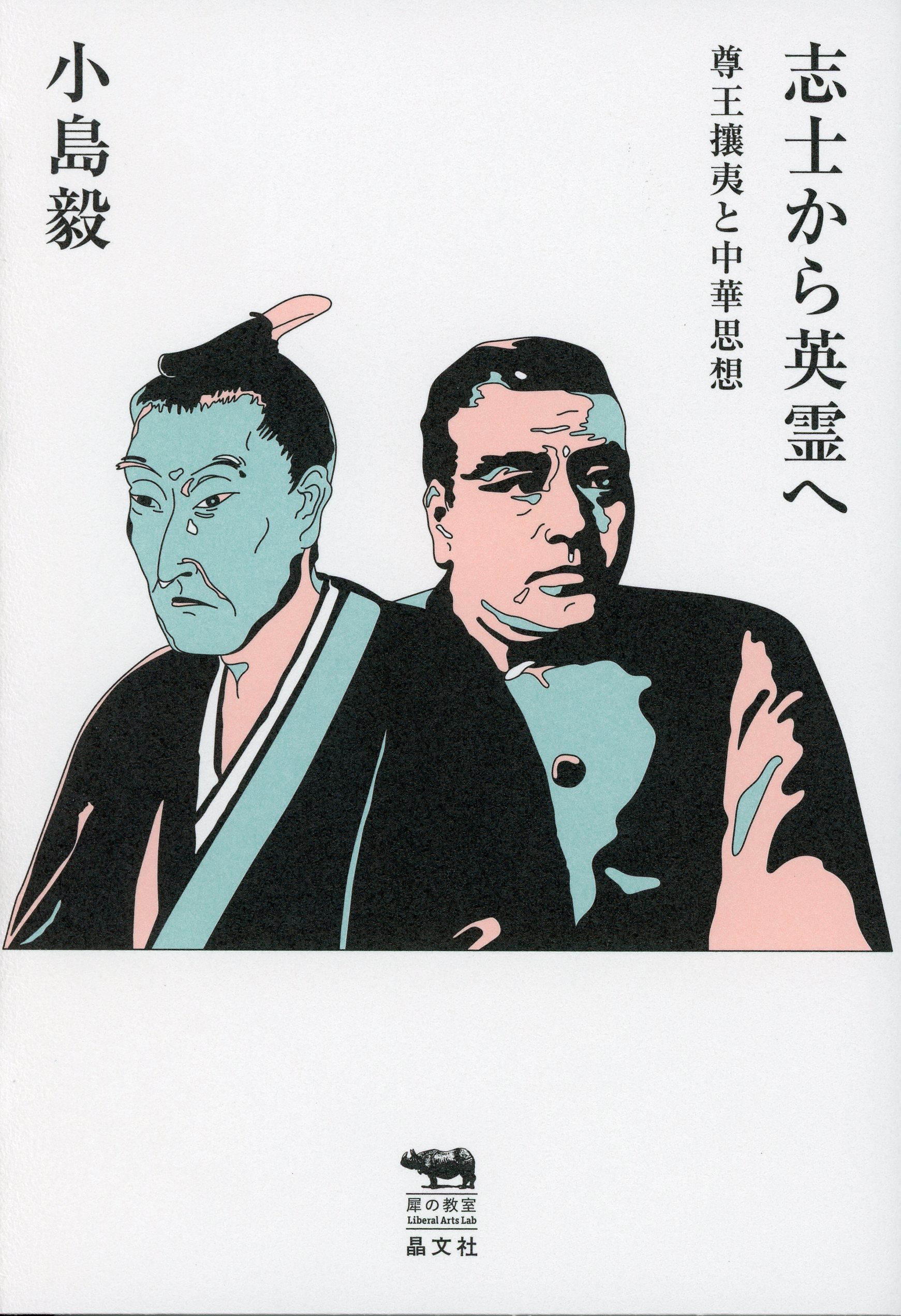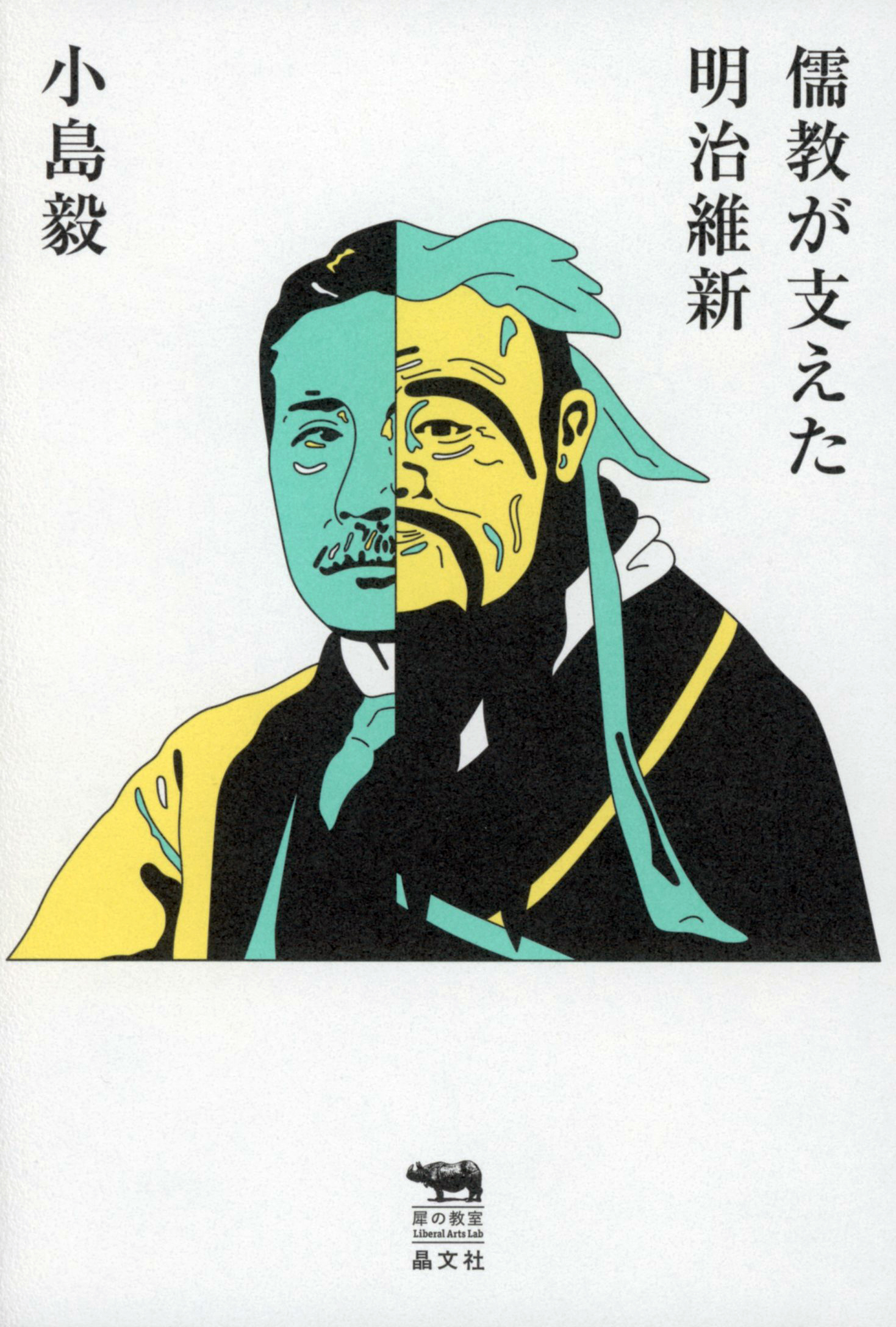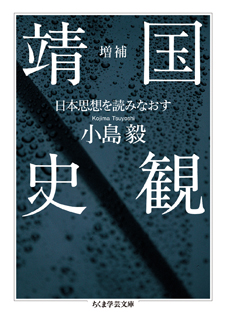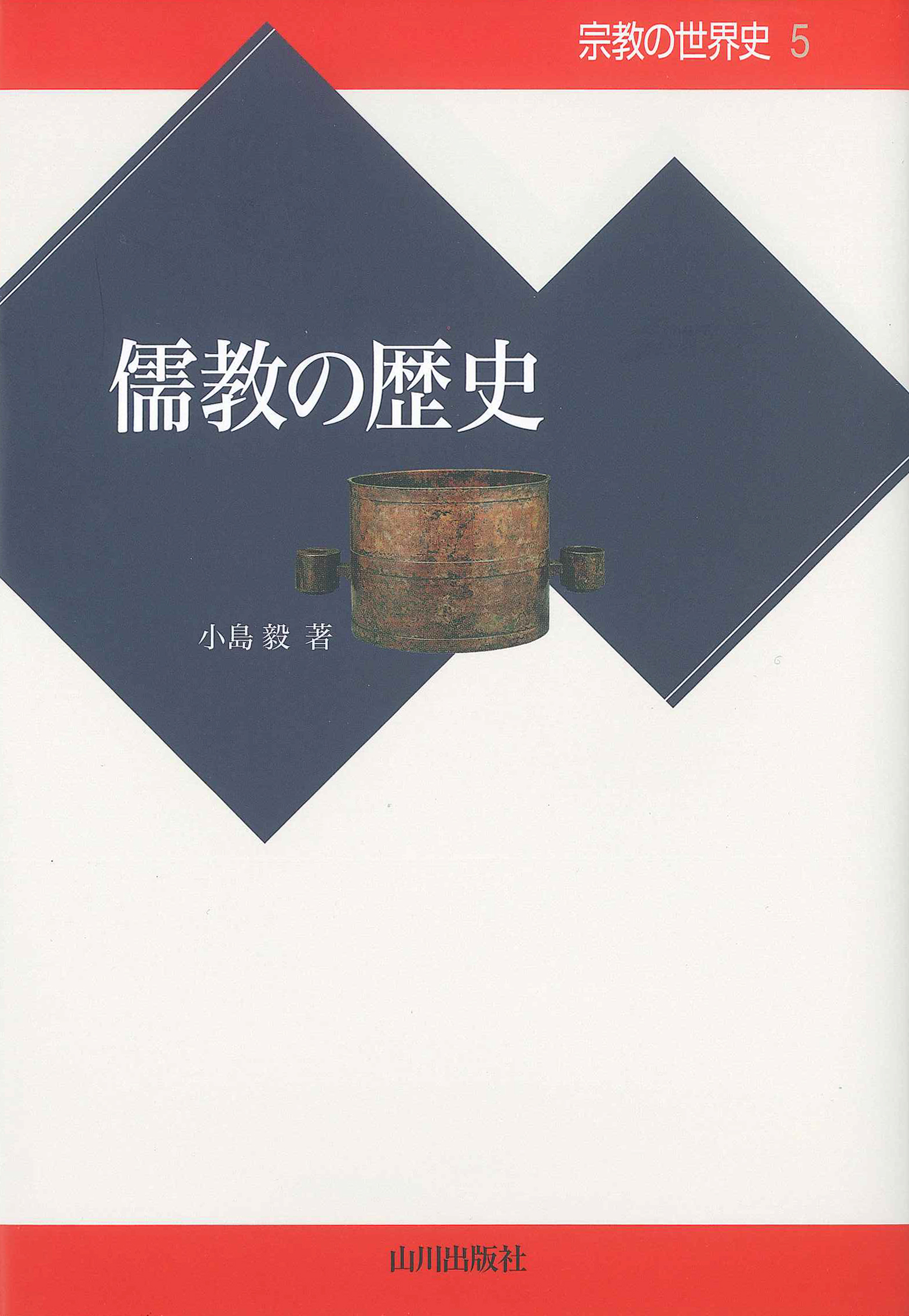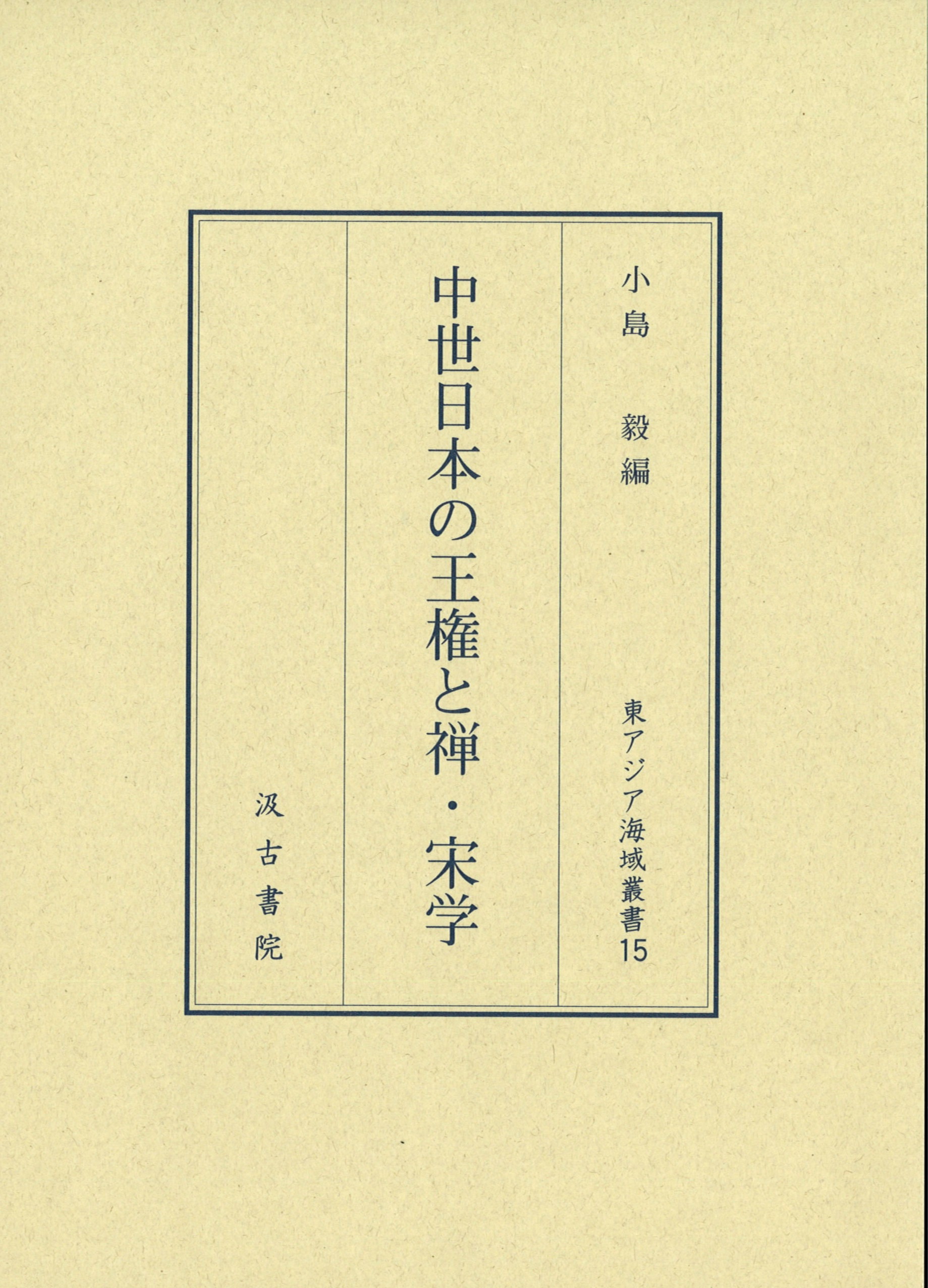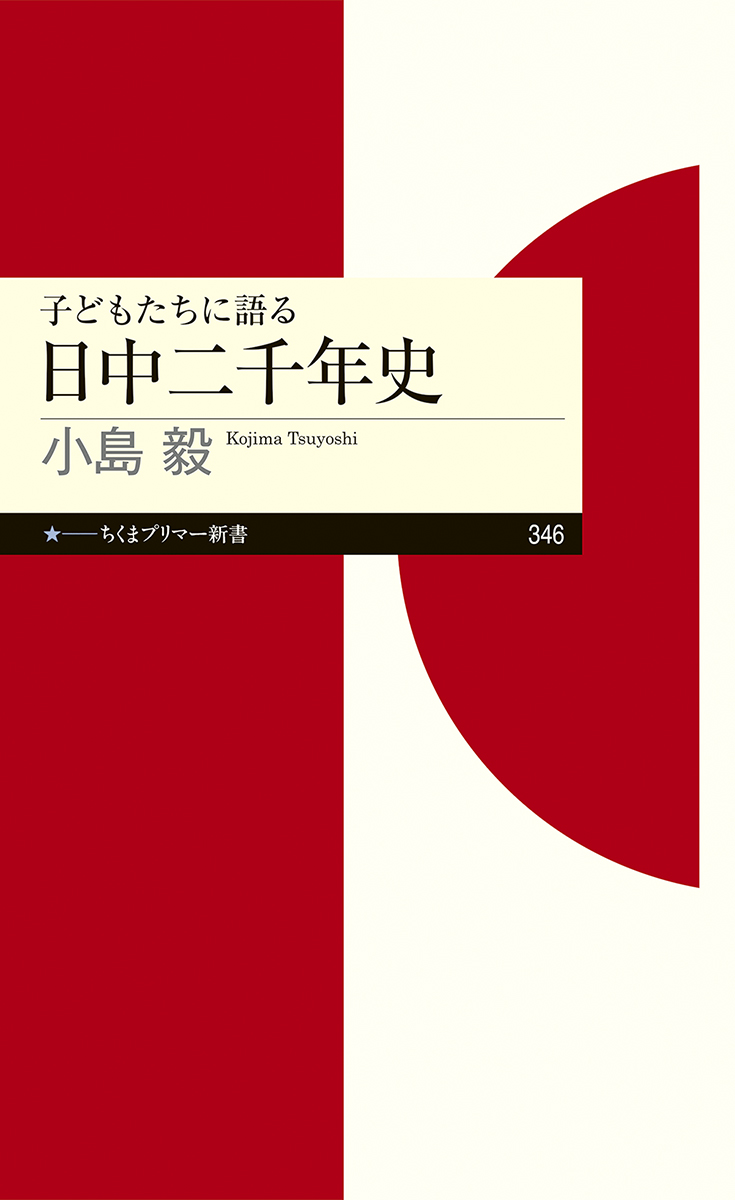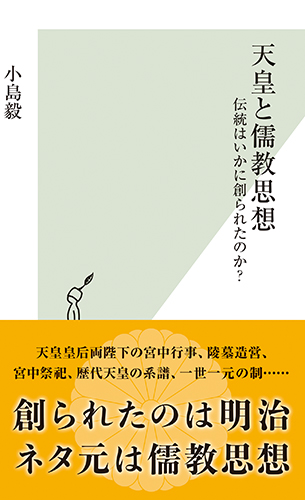
Title
Kōbunsha Shinsho Tenno to Jukyo-Shiso (Japanese Emperors and Confucian Thought: How Traditions Were Created)
Size
315 pages, Paperback Pocket Edition
Language
Japanese
Released
May 17, 2018
ISBN
978-4-334-04354-4
Published by
Kobunsha Co., Ltd.
Book Info
See Book Availability at Library
Japanese Page
In this book I point out that among the rites and institutions associated with the emperor, there are some that are claimed to be “traditions” but are not true traditions and were created after the Meiji Restoration. I take up six of these and attempt to rectify some of the things that ordinary citizens have been led to believe as a result of mistakes committed by “experts.”
First, the emperor’s “rice-planting ritual” and the raising of silkworms by the empress both began only in modern times. They have their background in Confucian thought and represent adaptations of Confucian doctrine to the demands of modern society. In other words, they are not traditions and are extremely modern acts.
The next concerns the tombs of the emperor and imperial family. There are some people who, seeing the tumuli (kofun) from the time of the Yamato régime and the mausoleum of the emperor Jinmu, modelled on these tumuli, mistakenly believe that the emperors have always been buried in accordance with the protocols of Shinto. But for 1,250 years, from the eighth century, not long after the title “emperor” (tennō) came into use, until shortly before the Meiji Restoration, emperors were buried in accordance with Buddhist rites, and no large tombs were constructed. It is said that a return was made to the ancient system at the time of the emperor Kōmei (the Meiji Emperor’s father), and a background factor in this was Confucian criticism of Buddhism.
In addition, among the ceremonies of the imperial household there are also some that were born or revived during the Meiji era. Furthermore, even those that were “revived” are not performed in the same way that they were in ancient times, and although the name of the ceremony may be the same, its substance has changed. These, too, were prescribed on the basis of Confucian doctrine.
The way of counting the number of emperors was altered in the Meiji era on the basis of arguments set out in the History of Great Japan (Dai Nihon shi). The compilation of this history was begun at the behest of Tokugawa Mitsukuni in the seventeenth century, and it is characterized by “three important points” regarding the number of emperors. In particular, the emperors of the Southern Court during the period of the Northern and Southern Courts (14th cent.) were counted as the legitimate emperors, but this does not accord with the realities at the time. This was a way of thinking that derived from the moralistic theories of Confucianism, which valued ideals over reality.
As regards the calendar, on the other hand, the lunisolar calendar (or “old calendar”) had been in use ever since a Chinese calendar based on Confucian thought was first imported in ancient times. But the Meiji government adopted the Western Gregorian calendar (today’s solar calendar), not for philosophical reasons but for practical reasons associated with national finances. The fact that present-day commentators who advocate “the importance of tradition” do not point this out (and do not seek to revive the old lunisolar calendar) is symbolic of the fact that what they call “tradition” refers to nothing more than institutions dating from the Meiji era.
Lastly, I discuss imperial era names. This too is an institution introduced from China in ancient times. I was unable to discuss the new era name “Reiwa” because it was announced after this book was published. The government claims that this is the first era name to have been chosen from a Japanese work. But (1) it has been taken from a section of the Man’yōshū written in classical Chinese; (2) the passage in question was written on the basis of an earlier Chinese work in which the characters for both “Rei” and “Wa” appear; (3) the system of using a single era name for an entire reign imitates the method used in China during Japan’s Meiji era; and (4) the practice of designating era names is itself based on Confucian thought. This recent change in era name just so happens to have revealed a “created tradition.”
In this book it is thus pointed out in a scholarly manner (and not because of the author’s own political beliefs) just how shallow and unfounded in historical fact the arguments of self-styled traditionalists are.
(Written by KOJIMA Tsuyoshi, Professor, Graduate School of Humanities and Sociology / 2019)



 Find a book
Find a book


